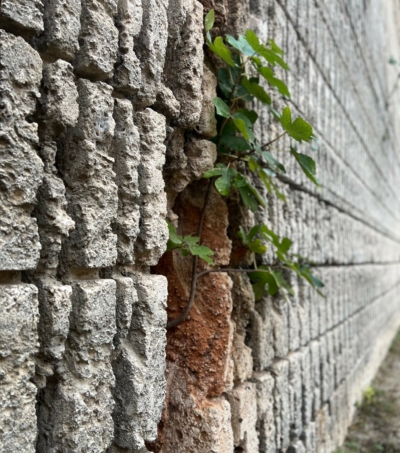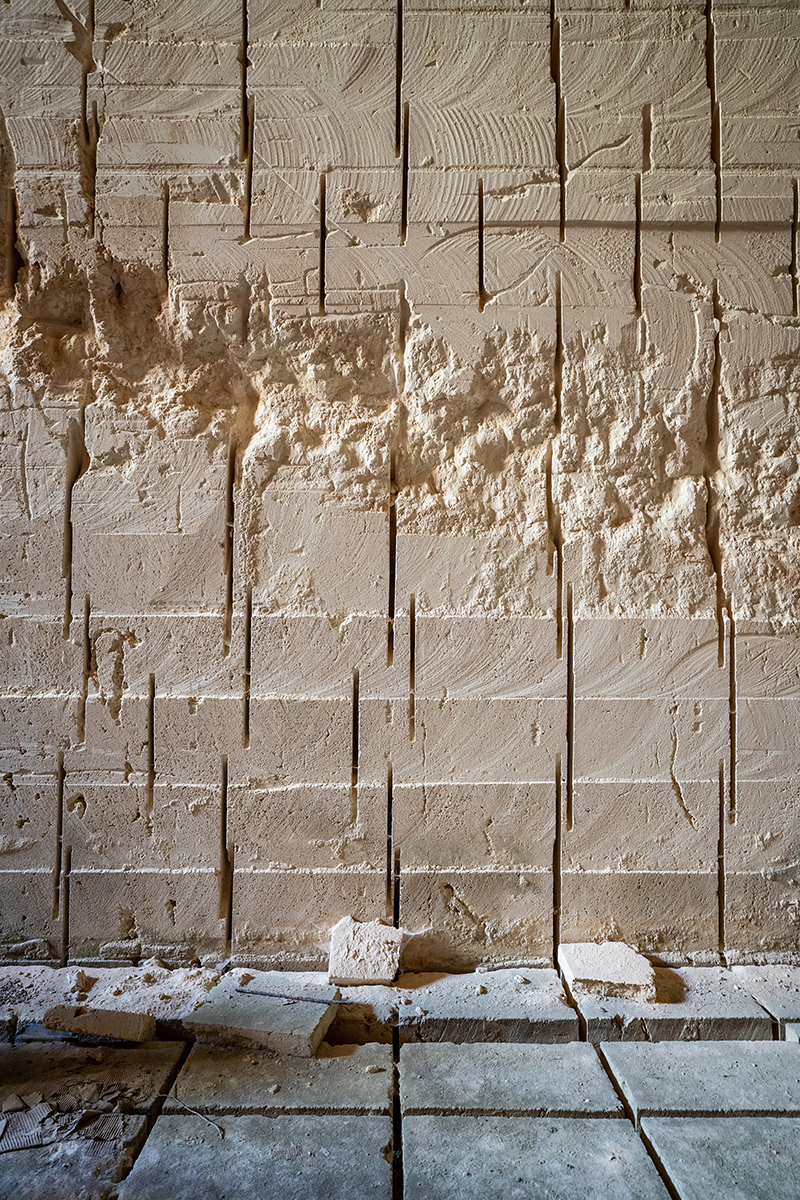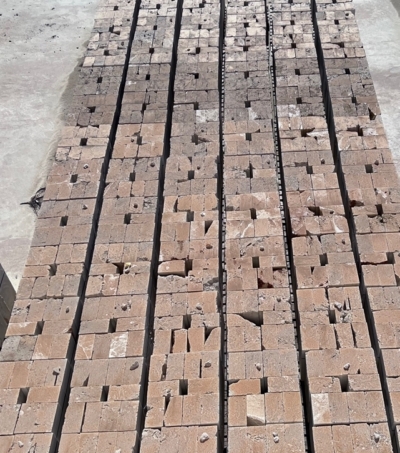 https://aarch.dk/wp-content/uploads/2023/06/IMG_3412.jpg
2016
1512
Mads
https://s3-eu-central-1.amazonaws.com/aarchdk/wp-content/uploads/2019/02/03164631/aarch-logo-dark.svg
Mads2023-06-28 13:54:432023-08-09 14:35:27About ecologies of stone
https://aarch.dk/wp-content/uploads/2023/06/IMG_3412.jpg
2016
1512
Mads
https://s3-eu-central-1.amazonaws.com/aarchdk/wp-content/uploads/2019/02/03164631/aarch-logo-dark.svg
Mads2023-06-28 13:54:432023-08-09 14:35:27About ecologies of stoneOur group is actively exploring research methods and outputs around the case of marés stone, a sandstone used extensively on the Balearic Islands, Spain. Following a building tradition on the Balearic Islands dating back centuries, builders and architects made extensive use of the local calcareous sandstone, called marès. Often left exposed and utilized for its spatial and tectonic expression, marès relied on a highly localized ecology of quarrying, processing, and craft labor, with specialized methods, terminology and tools developed specifically on islands. Because of this, marès is deeply integrated with the cultural and built landscape of Mallorca and Menorca, having over 1500 documented quarry sites both abandoned and active. The stone is pervasive on historic structures, both monumental and vernacular.
A new generation of architects in Mallorca credit are exploring marès as an ecological network of relations between history, quarries, landscape, and building culture. Many credit the architect Jørn Utzon’s ‘rediscovery’ of the stone in the 1970s, when he completed two well- known houses, Can Lis and Can Feliz. We see this as an exemplary case of post-extractive architecture, which promotes material circularity in terms of architecture (re-use, dis-assembly, bio-diversity, de-carbon) in relation to the extractive landscape as a cultural asset.
Current research activities: Can Lis residency / Paret d’esquerdes (Cracked Wall).
Collaborators: Francisco Cifuentes Utrero, Aulets Arquitectes and La Salle, Ramon Llull University Barcelona; Gabriel Alomar-Garau, Universitat de les Illes Balears; Nacho Ruíz Allen, Raal Arquitectura.
Related
YOU MAY ALSO BE INTERESTED IN
RELATED CONTENT
Denne side er ikke tilgængelig på dansk.









